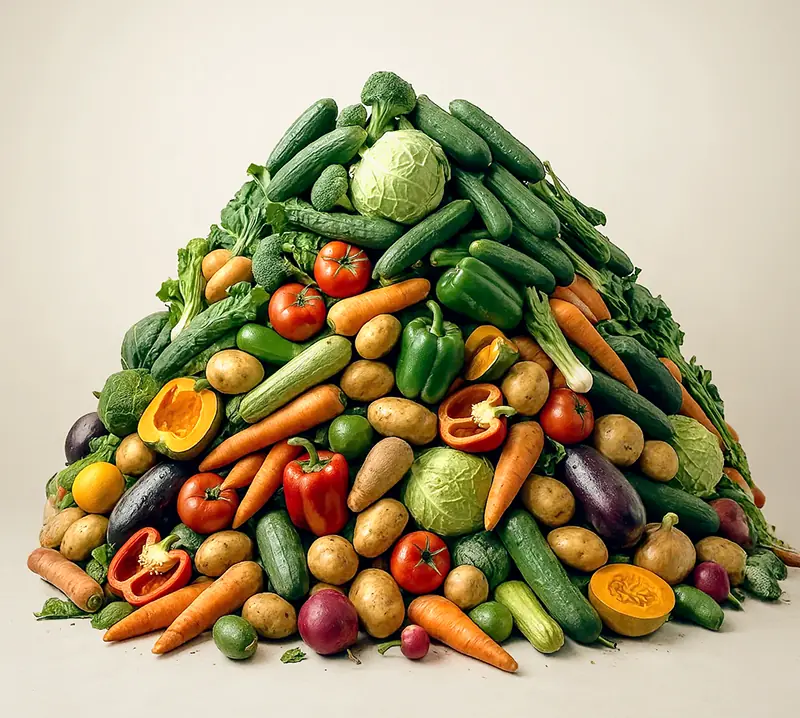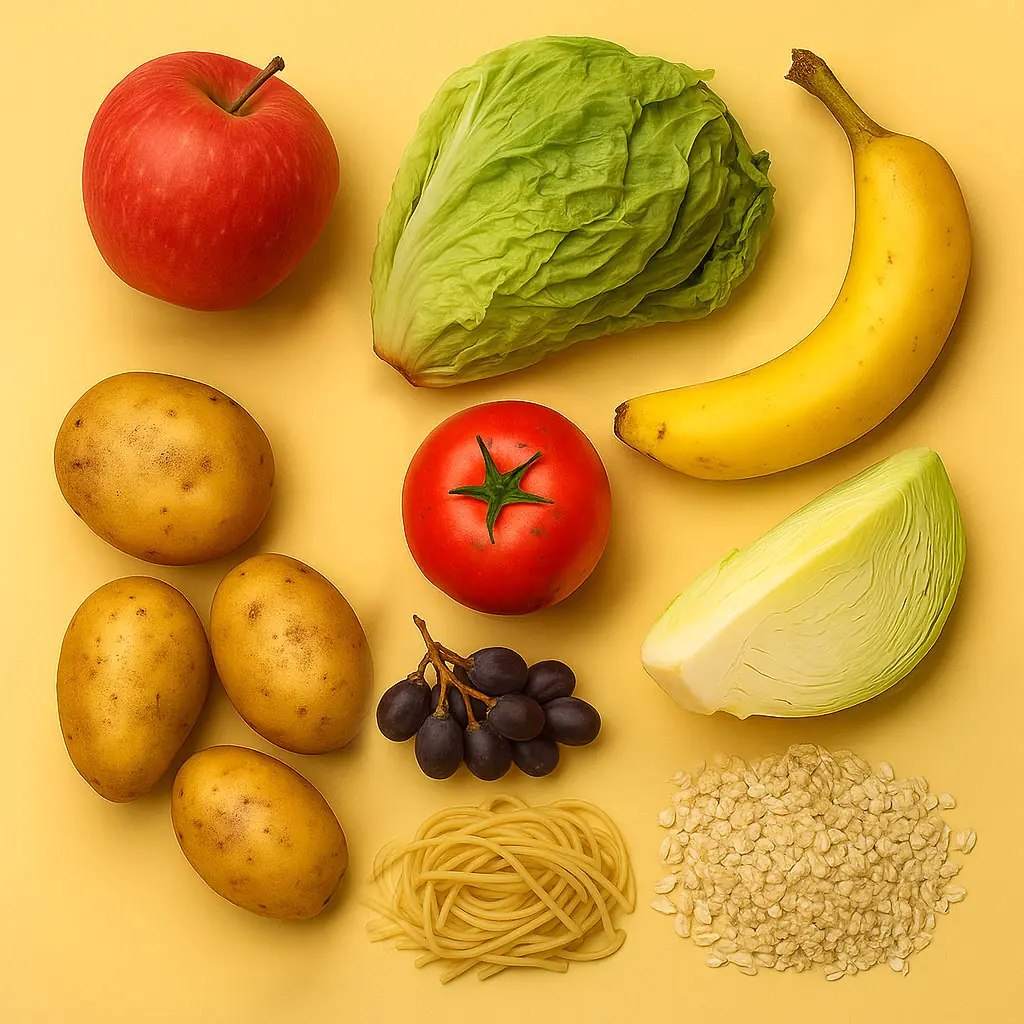Discover the key facts and figures behind the challenge of food waste in Switzerland and around the world.
That’s a total of 2.8 million tons per year or 37% of all food production. Simply put, it’s like throwing away one out of every three meals…
Globally, 2.5 billion tons of food end up in the trash each year. That’s 40% of all food production or the equivalent weight of 50 cars per second!
Sources: ETHZ

If food waste were a country, it would rank among the top global polluters, right behind the U.S. and China.
It’s responsible for roughly 10% of global greenhouse gas emissions.
If Switzerland cut its food waste in half, the environmental impact of food consumption would decrease by 10–15%. This would be equivalent to removing 1 to 2 million cars from circulation (or 39% of all vehicles in the country).
Source: WWF, BFU, OpenKnowledge
That’s the weight of our 2.8 million tons of food waste in Switzerland.
Food waste across the supply chain causes as much pollution as half of all car traffic in the country.
That’s why we focus first and foremost on saving fruits and vegetables.
Source: FOEN
